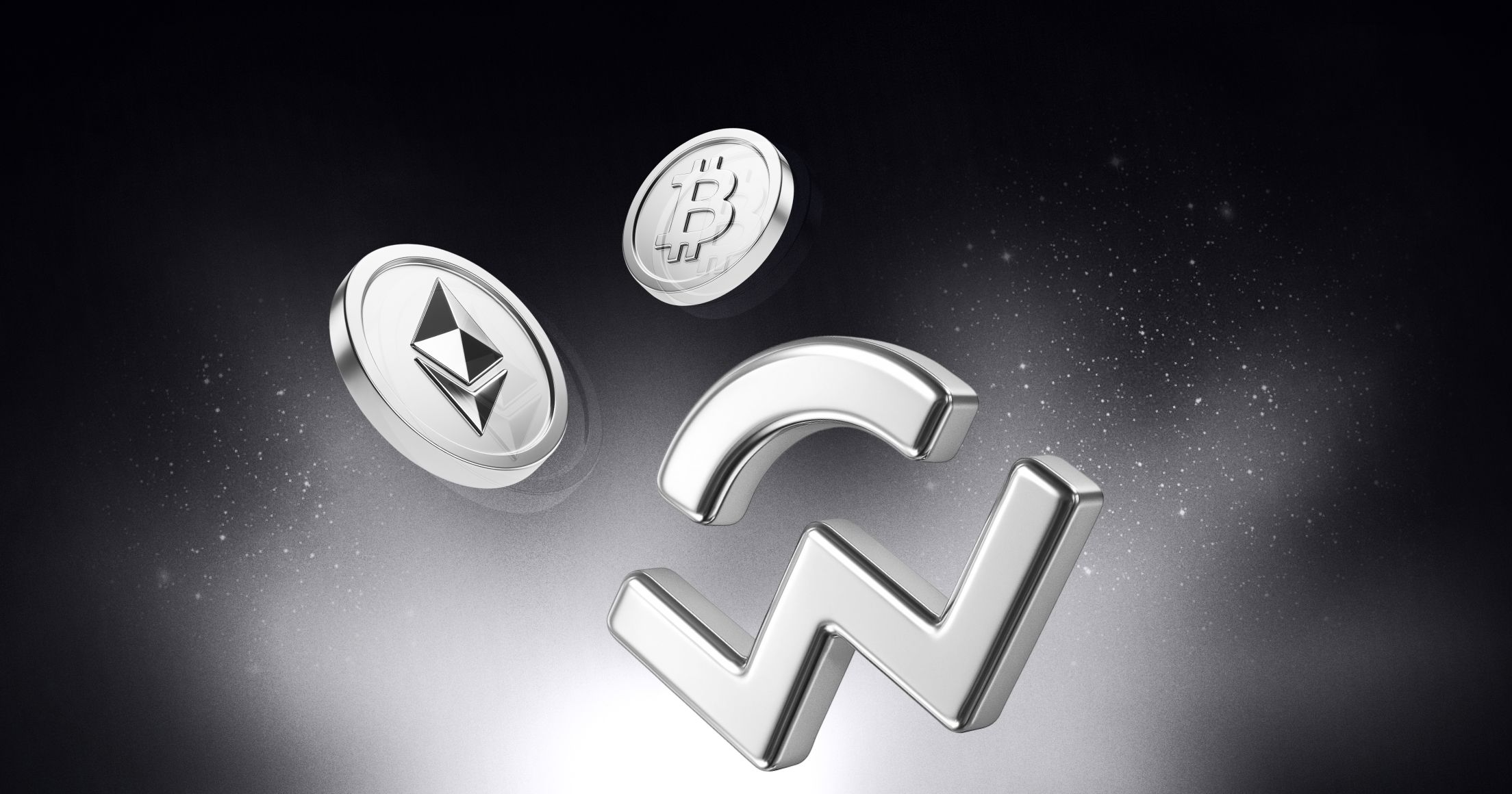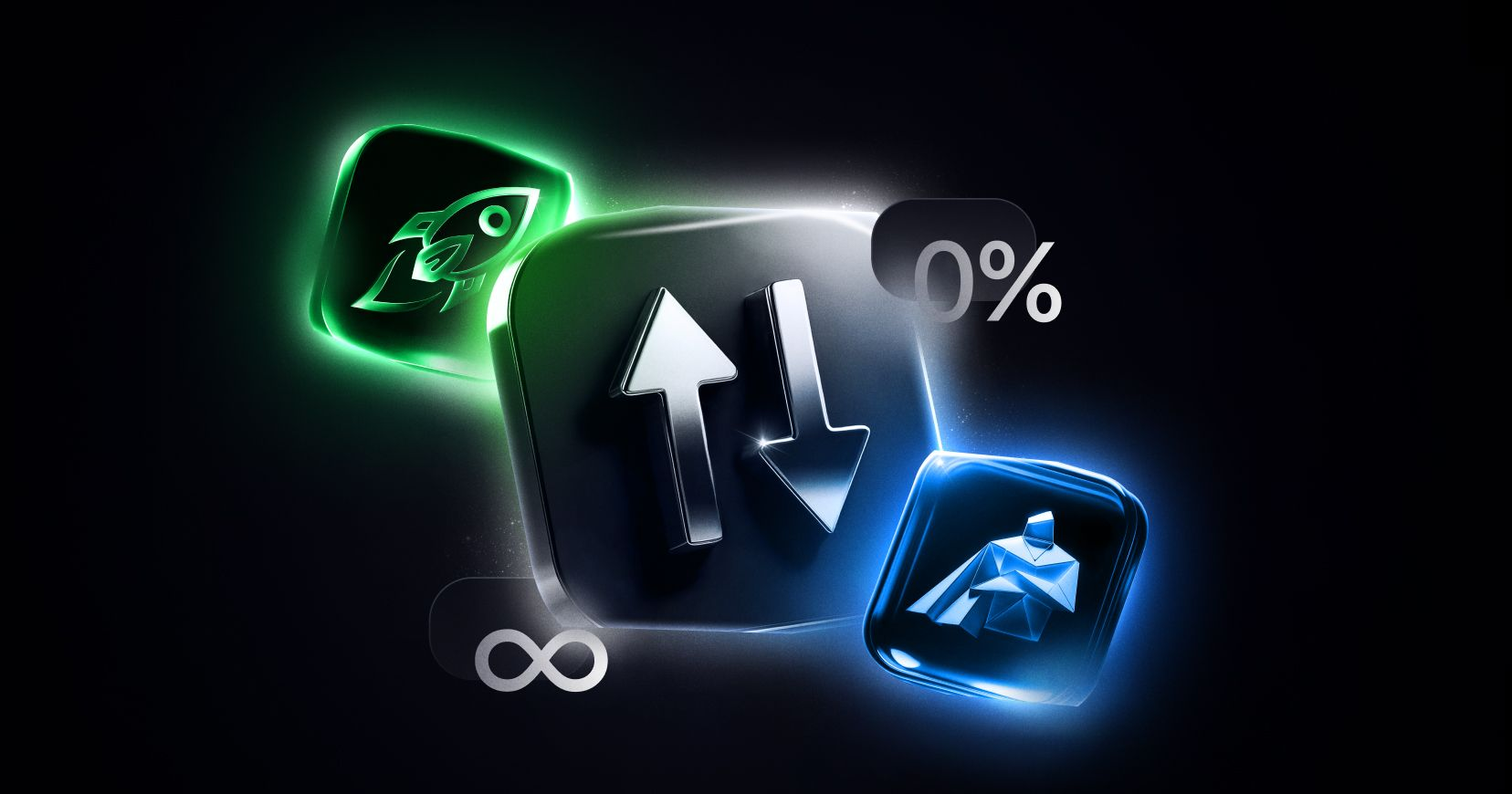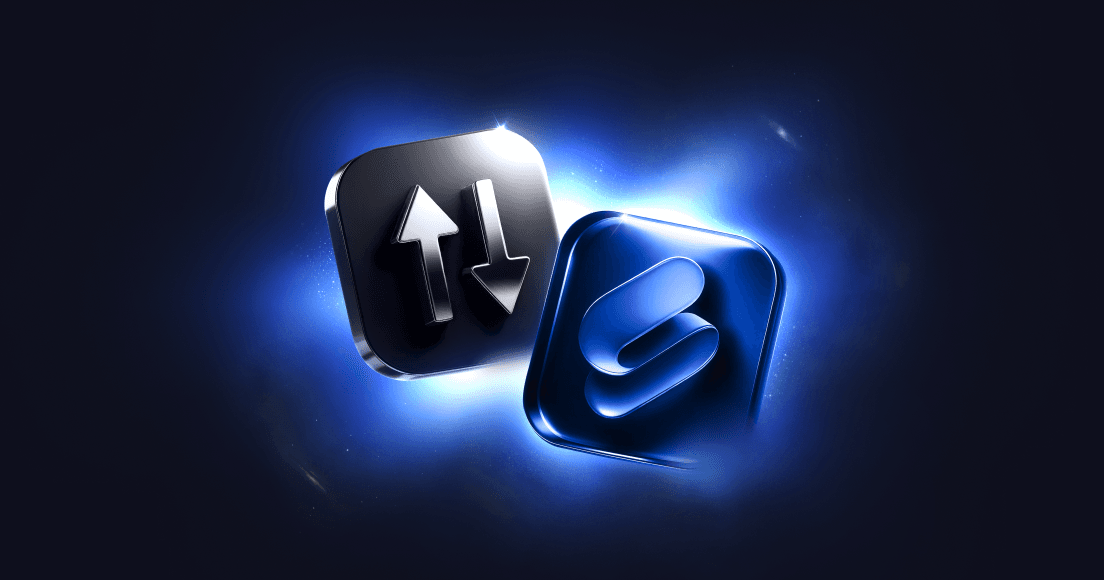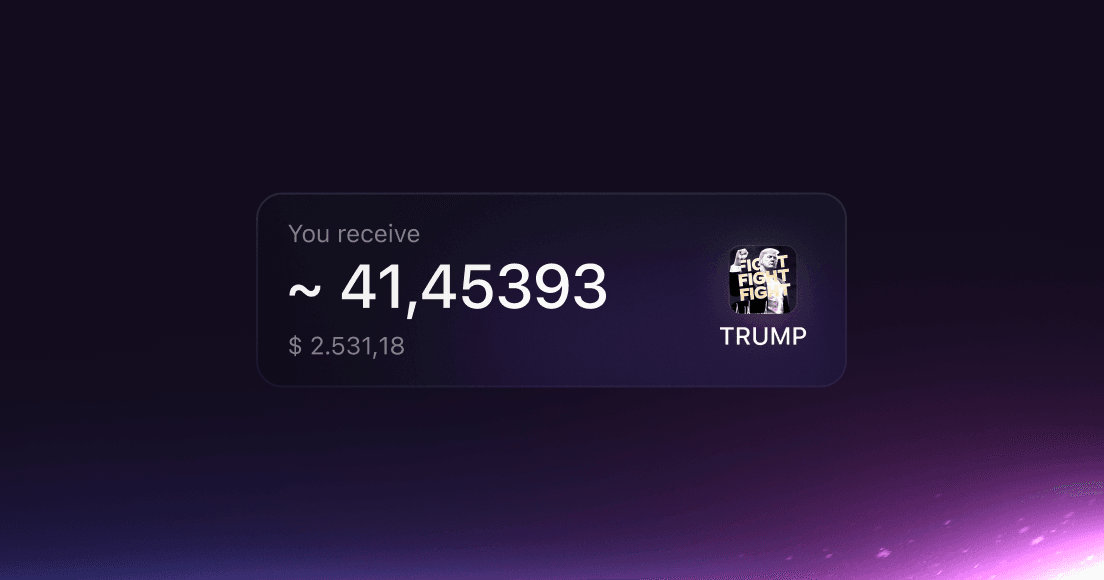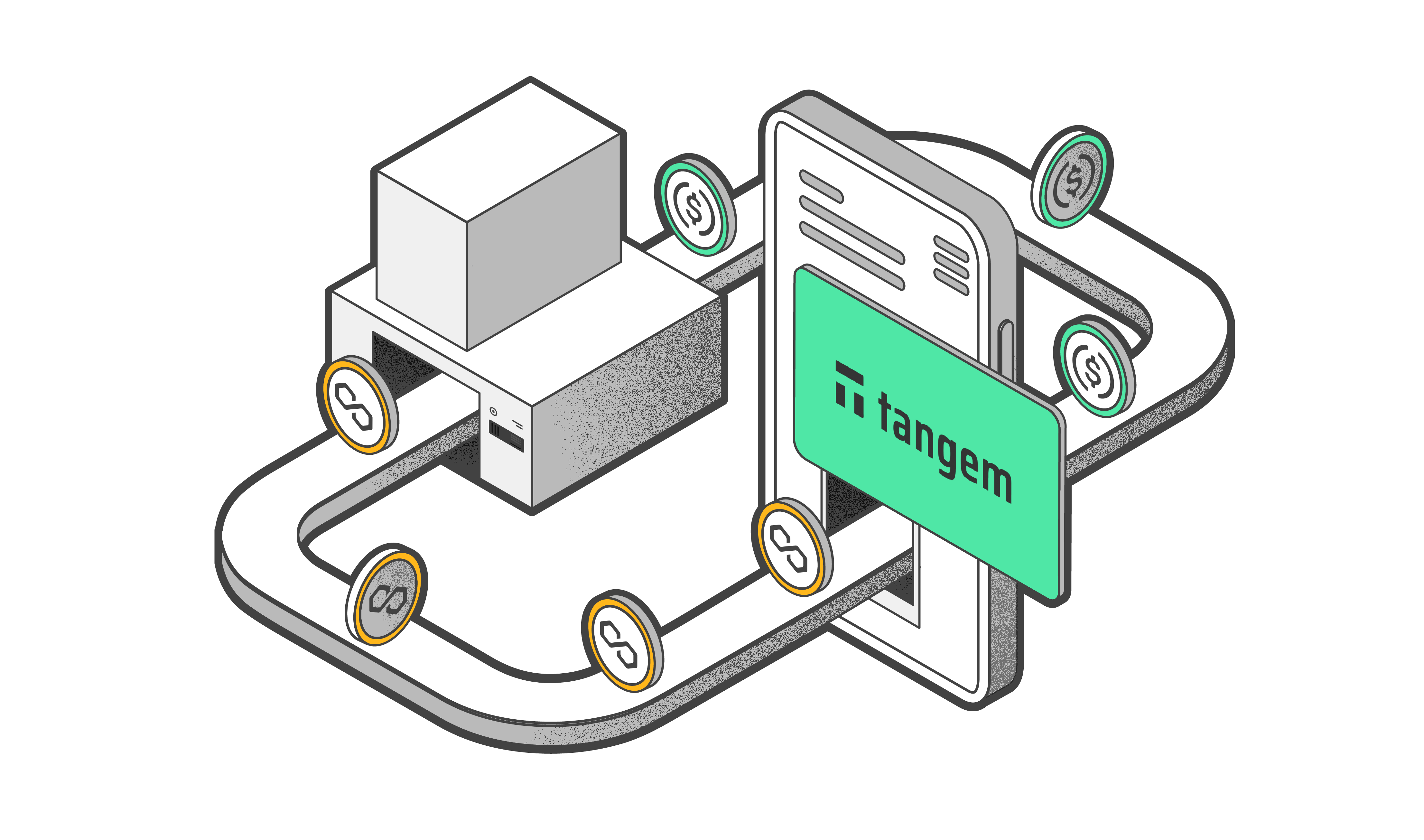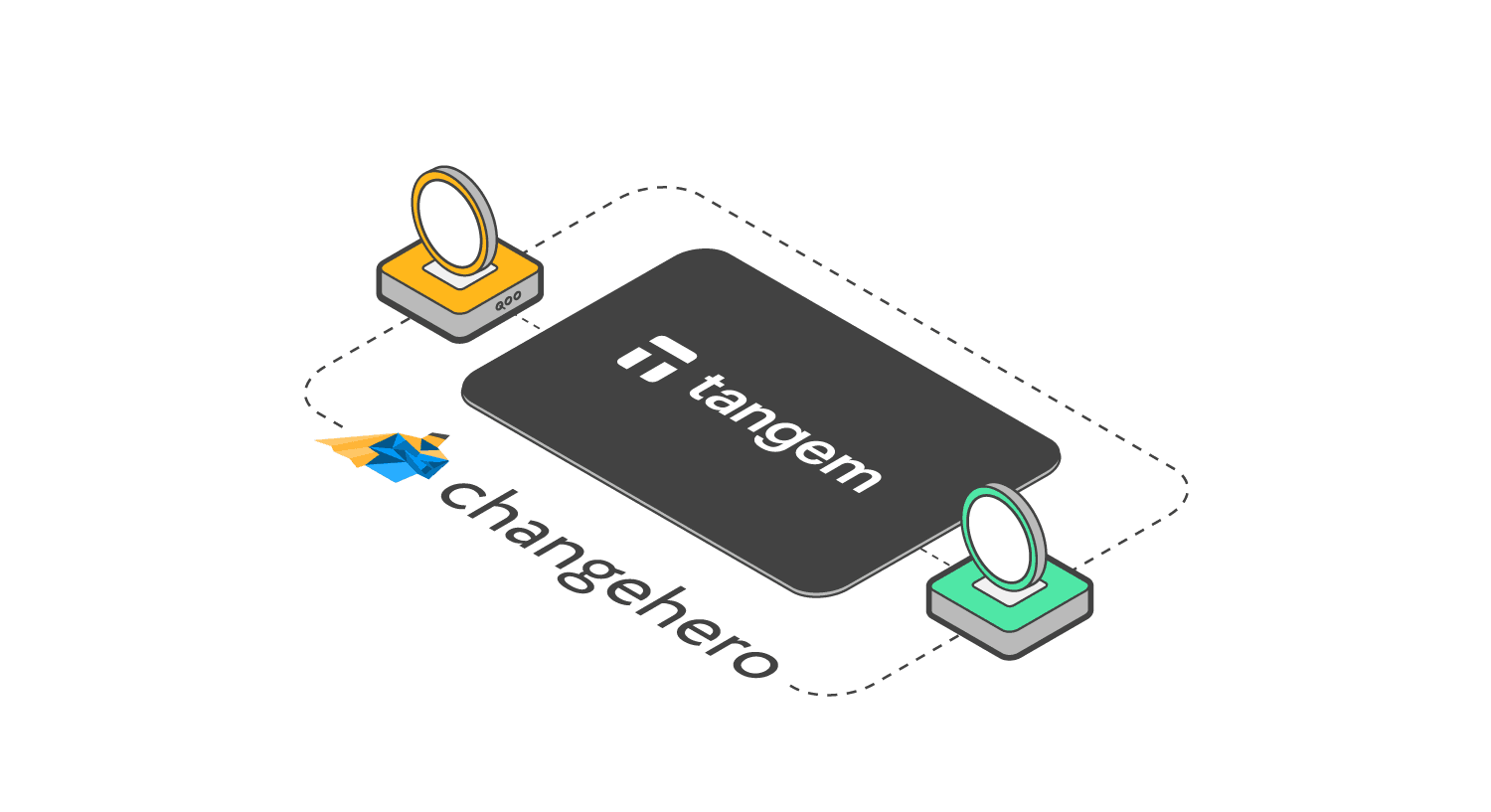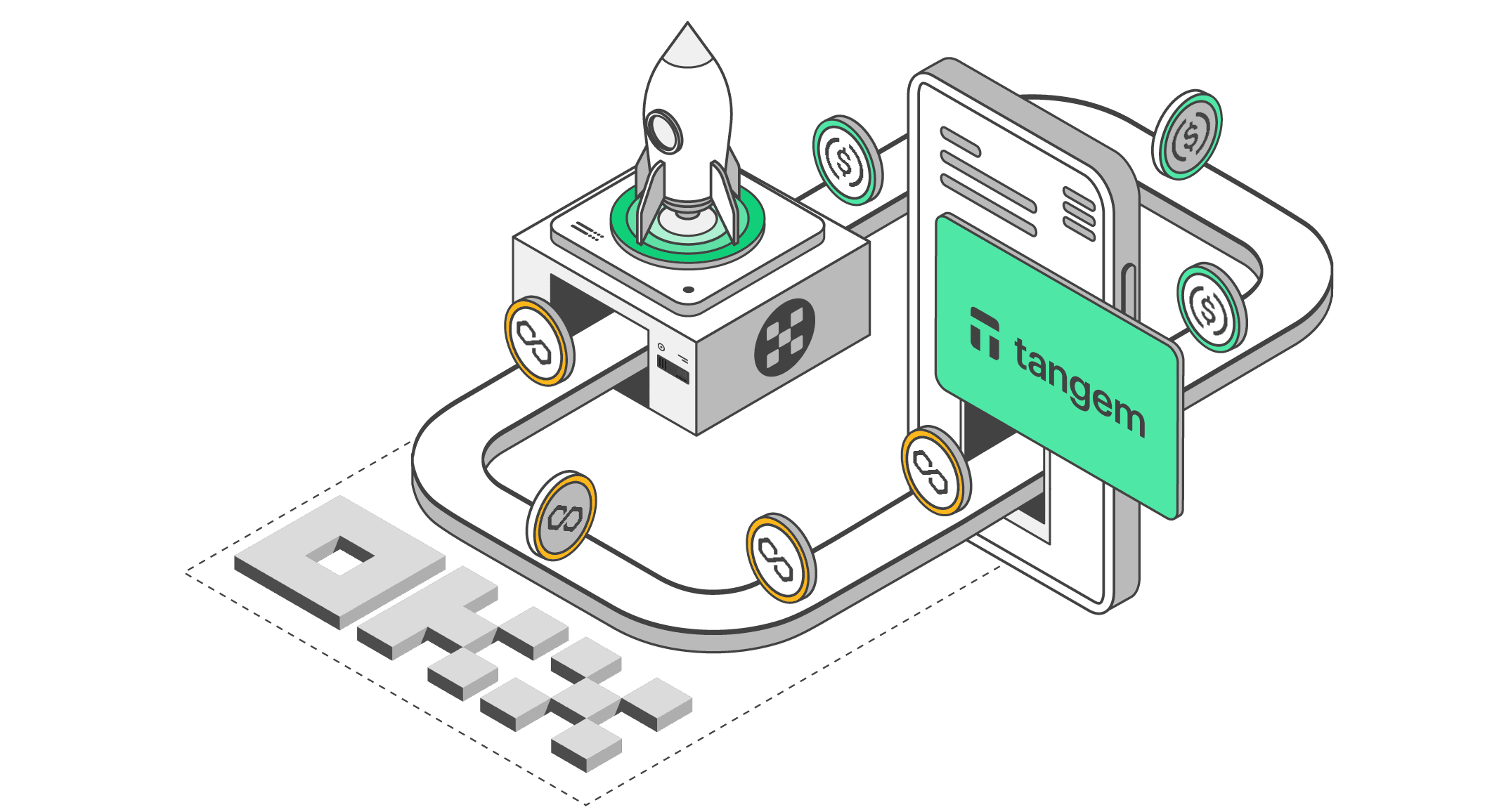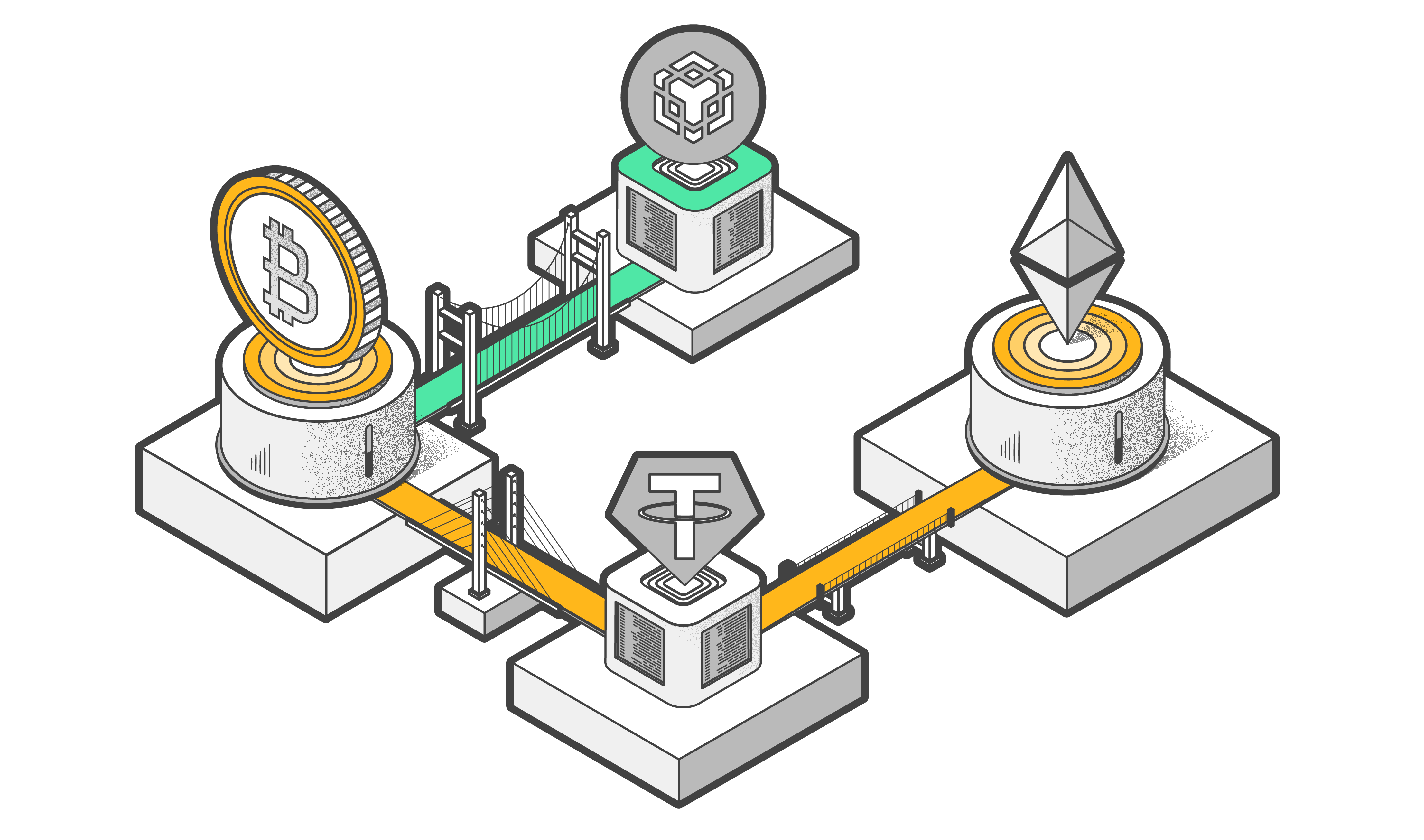
Bitcoin Runes Protocol Explained
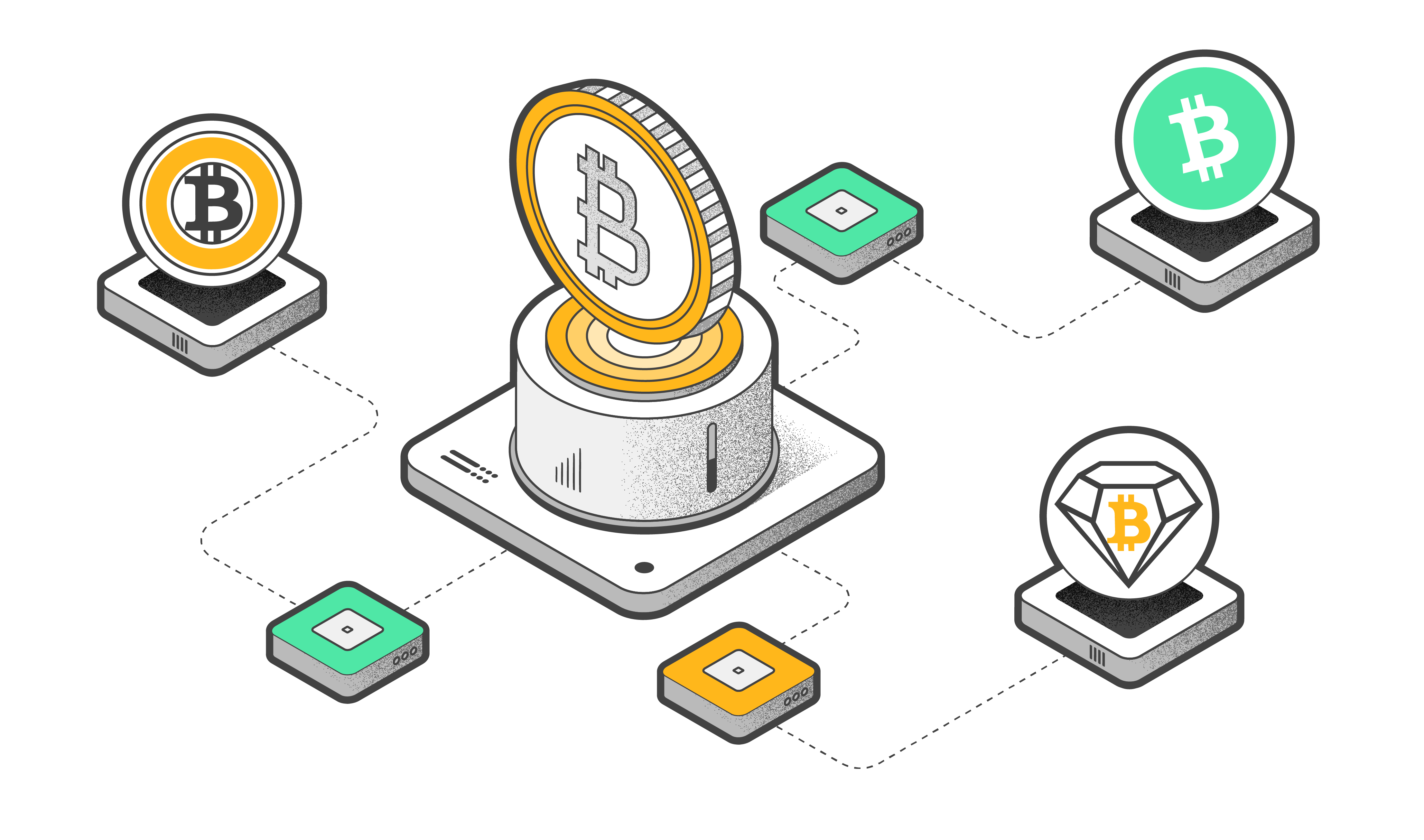
Bitcoin has grown a lot in the past few years, reaching an all-time high in 2024. As a result of this exponential growth, new token standards like BRC-20 and SRC-20 have been added to the Bitcoin protocol. Another new thing has been added is the Bitcoin Runes. It lets users make tokens that can be exchanged easily on the Bitcoin blockchain. This article covers everything you must know about Runes and their effect on Bitcoin.
What are Bitcoin Runes?
Bitcoin Runes is a system built on the Bitcoin network that allows users to create and manage tokens using the UTXO (Unspent Transaction Output) model. This model is the same mechanism that Bitcoin uses for transactions.
These tokens can be easily exchanged and differ from other token standards because they don't use the Ordinals protocol. Runes are simpler and more efficient, using part of Bitcoin, like UTXO (Unspent Transaction Output) and OP_RETURN.
Casey Rodarmor, a well-known developer, created Runes in September 2023. He is also the developer behind Ordinals, a Bitcoin blockchain feature that enables the creation of unique digital artifacts by inscribing data onto individual Satoshis, the smallest units of Bitcoin.
How does Bitcoin Rune work?
Bitcoin Runes work in two main ways:
- UTXO Model:
BRC-20 tokens are the current standard on Bitcoin, but they generate excess "junk" UTXOs, which can congest the network and hinder user experience. Unspent Transaction Outputs (UTXOs) are digital assets that you have received but not yet spent. Bitcoin Runes aims to streamline the network, enabling traders to use their meme coins directly on the Bitcoin blockchain.
- OP_RETURN Opcode:
OP_RETURN lets users add extra data (up to 80 bytes) to Bitcoin transactions. This data is stored in a special output called the Runestone. Bitcoin Runes uses OP_RETURN to store information about tokens, like their name, ID, symbol, commands, and other important details.
Unlike the existing BRC-20 standard, which allows only one token type per transaction, Runes enable users to transfer multiple tokens in a single transaction. Each Rune transaction can specify various operations across different Runes. During a token transfer, the Runes protocol splits the UTXO into several new UTXOs based on the instructions in the OP_RETURN data, each representing different amounts of the token sent to their respective recipients.
If a Rune transaction fails due to an invalid protocol message, the Runes are burned to prevent any accidental creation of new Runes.
How a Rune Token is created
Creating a new Rune is called etching. When someone etches a Rune, they decide on important details like the Rune's name, symbol, ID, how many there will be, and if it can be divided into smaller parts. This information is stored in the OP_RETURN output of a blockchain transaction. Creators can also set aside some Runes before others can get them. This is called a "pre-mine."
After a Rune is etched, more can be made through open or closed mints. Open minting lets anyone create new Runes after the first etching. They do this by making mint transactions. Closed mints only allow new Runes to be made when certain conditions are met, like during a specific time period. After that, no more Runes can be made.
How to Buy Bitcoin Runes
The Bitcoin Runes protocol doesn't have a specific token and should not be confused with THORChain's RUNE token, which is a different cryptocurrency.
1. Choose a compatible wallet: Use a Bitcoin wallet that supports Runes.
2. Get some Bitcoin: Since the Runes protocol operates on the Bitcoin network, you need BTC for transactions and fees.
3. Connect to a marketplace: Use a marketplace that supports Runes, like UniSat, OKX, or Magic Eden. Select a Runes project and review its trading activity, order book, price history, and fees before trading.
Note: Runes are typically sold in "bags" of at least 100, though this may change.
Runes-themed Bitcoin NFT Collections
Some notable Bitcoin NFT collections based on the Bitcoin Ordinals protocol include:
- Satoshi•Nakamoto
- RSIC•Genesis•Rune
- Meme•Economics
- Dog•Go•To•The•Moon
Comparing Bitcoin Runes and BRC-20
Bitcoin Runes and BRC-20 tokens are both on the Bitcoin blockchain, but they work differently:
| Bitcoin Runes | BRC-20 | |
|---|---|---|
| Operational Differences | Bitcoin Runes uses the UTXO model, where tokens are managed through transaction outputs. | Based on the Ordinals protocol, data can be attached directly to individual satoshis (sats). |
| Token Transfer Mechanisms | Transactions create new UTXOs based on the data stored in the OP_RETURN field. | Each token transfer requires the creation of new inscriptions. |
| Token Minting Processes | Supports both open and closed minting procedures, with the option for pre-mining by developers. | Limited to open minting procedure, restricting flexibility in initial token distribution. |
| Protocol Management | Compatible with the Bitcoin Lightning Network and supports lightning clients and SPV wallets. | Requires wallets that support the Ordinals protocol. |
Benefits of Runes protocol to the Bitcoin network
- Enhanced efficiency
Bitcoin Runes uses the OP_RETURN model, an efficient way to handle tokens on the Bitcoin network. OP_RETURN only uses 80 bytes of data, while BRC-20 inscriptions can use up to 4MB. This means Runes puts less strain on the Bitcoin network, making it work better and reducing the risk of congestion.
- Simplifying complexity
Bitcoin Runes provides an easier way to create and manage many tokens directly on the blockchain. They don't need off-chain data or native token creation, which helps avoid creating too many "junk" UTXOs. Runes make token management simpler and more accessible to more people.
- Expands Bitcoin adoption and user base
Bitcoin Runes can draw a broader audience. For example, the Runestone project, an early NFT initiative, airdropped free Runestones to wallets holding three or more digital items on the Bitcoin blockchain before its launch. This generated excitement about the potential benefits of holding these Ordinals for future Runes.
Besides excitement, Runes can appeal to more users because, unlike typical Ordinals and NFT collections that are limited in size to maintain collectibility, Runes can be produced in larger quantities. This makes it easier for more people to own them and join the collector community.
The growing attention and accessibility of Runes could lead to greater global adoption, aligning with Bitcoin’s mission.
- Improved security and stability
Runes can provide a secure and reliable platform for creating tokens and conducting transactions. Its use of the UTXO model for on-chain data storage reduces the risk of vulnerabilities.
Additionally, the UTXO-based structure of Runes enhances resistance to reorganizations—situations where the Bitcoin network must choose between different transaction histories. This resistance ensures that Runes transactions remain stable and are less impacted by changes in the Bitcoin network's transaction history.
Where Bitcoin Runes are today
Since launching on April 20, 2024, the Bitcoin Runes protocol has seen changes in how much of Bitcoin's transactions it makes up. At one point, Runes transactions were over 50% of all Bitcoin transactions. On April 23, they reached a high of 81.3%. But by May 2, this number had fallen to 11.1%.
As of May 22, 2024, Runes made up 12.7% of Bitcoin transactions. This is more than Bitcoin Ordinals (0.7%) and BRC-20 (1.5%). Even though Runes have dropped by over 84% since their highest point, they still make up a big part of Bitcoin's transaction volume.
Conclusion
The Bitcoin Runes protocol introduces a new way to create and manage tokens on the Bitcoin blockchain. By using the UTXO model and the OP_RETURN opcode, Runes tries to make token handling more efficient and easier. As part of the larger Bitcoin DeFi (BTCFi) movement, Runes could attract more users to Bitcoin and lead to more new ideas within the ecosystem.
Bitcoin Runes Glossary
- Runes
A new fungible token standard launching on Bitcoin. Developers, called etchers, can create, name, and manage their own Rune tokens.
- Bitcoin Ecosystem
A network of technologies, participants, and services that support Bitcoin as a digital currency and financial system.
- Burn
Permanently removing Runes from circulation by sending them to an inaccessible location.
- Cap
The maximum number of times a Rune can be minted. Set by the etcher during creation, no more Runes can be made once this limit is reached.
- Casey Rodarmor
The developer behind the creation of Runes and Ordinals on Bitcoin.
- Cenotaph
Malformed Runestones that cannot be minted and are subsequently burned.
- Divisibility
The smallest unit a Rune can be divided into. Runes with a divisibility of 0 cannot be divided, while a divisibility of 2 means the smallest unit is 0.01.
- Etchers
Developers or creators of Rune tokens.
- Etching
The process of creating Runes and setting their properties, which are immutable after creation.
- Fungible Token
A token where each unit is identical and interchangeable.
- Lightning Compatibility
Runes can use the Lightning Network to avoid delays and high fees on the Bitcoin network.
- Lightning Network
A layer 2 solution on top of Bitcoin that allows faster and cheaper transactions.
- Minting Runes
The process of creating new Rune tokens, setting their unique properties, and ensuring authenticity. The mint closes once the cap is reached.
- Minting Terms
Conditions set by the etcher for when the mint starts and ends.
- Names
Etchers must name their Rune tokens using up to 28 characters (A-Z) and can use a spacer represented as a bullet point.
- Premine
Etchers can allocate themselves units of the Rune token during the etching process.
- Rune ID
A label indicating the block and transaction index where a Rune was etched (e.g., 570:98 for the 98th transaction in the 570th block).
- Rune Protocol
The underlying system enabling Runes operations.
- Runestones
Messages in the Rune Protocol that create, mint, and transfer Runes from transaction inputs to outputs.
- Symbol
A symbol displayed after the quantity of a specific Rune, chosen by the etcher. If not assigned, a generic currency sign (¤) is used.
- The Halving
A Bitcoin event occurring approximately every four years, reducing miners' rewards by half to control inflation. Runes’ launch coincides with this year's halving.
- Transferring Runes
Moving Runes from transaction inputs to outputs, which can include new Runes from a premine or minting process.
- UTXO-based Protocol
A system where transactions use unspent Bitcoin pieces (UTXOs) to create new outputs.
- UTXOs
Unspent Transaction Outputs represent digital assets received but not yet spent.
Bitcoin Runes FAQ
What are Runes?
Runes are a new fungible token standard on the Bitcoin blockchain. Developers, known as etchers, can create and manage their own Rune tokens.
Who created Runes?
Runes were created by Casey Rodarmor, who also developed the concept of Ordinals on Bitcoin.
How do Runes work?
Runes are created through a process called etching, where developers set the properties of the token. These properties are immutable once set. Runes can be transferred, minted, or burned.
How are Runes transferred?
Runes are transferred by including them in the inputs of a Bitcoin transaction and moving them to the outputs, similar to how Bitcoin transactions are processed.
What is the Lightning Network, and how is it related to Runes?
The Lightning Network is a secondary layer on top of Bitcoin that enables faster and cheaper transactions. Runes are compatible with the Lightning Network to enhance transaction speed and reduce fees.
Can Runes be divided?
Yes, Runes have a divisibility property that determines the smallest unit they can be divided into. Some Runes can be highly divisible, while others cannot be divided at all.
What is the significance of The Halving in relation to Runes?
The Halving is a Bitcoin event that occurs approximately every four years, reducing miners' rewards by half to control inflation. The launch of Runes coincides with this event.
What does premine mean?
Premine refers to the allocation of Rune tokens to the etcher during the creation process before the token is available to others.
How can I start using Runes?
To start using Runes, you need a compatible Bitcoin wallet and an understanding of the Rune Protocol. Developers can create Runes by following the etching process and setting their properties.



